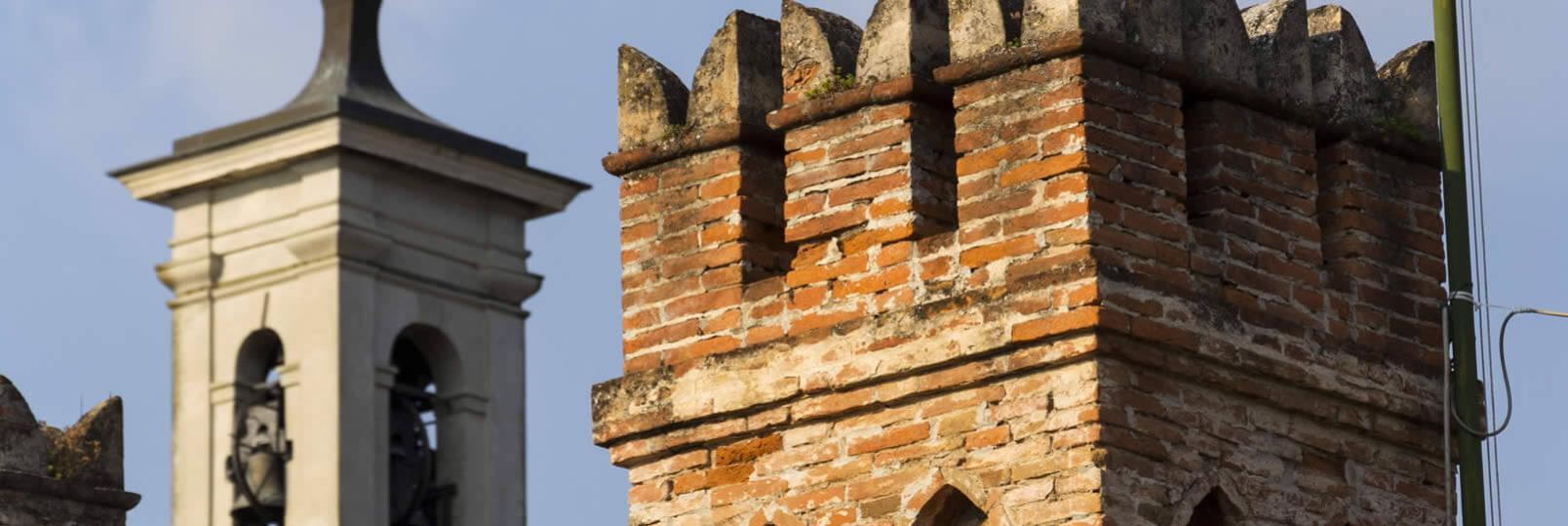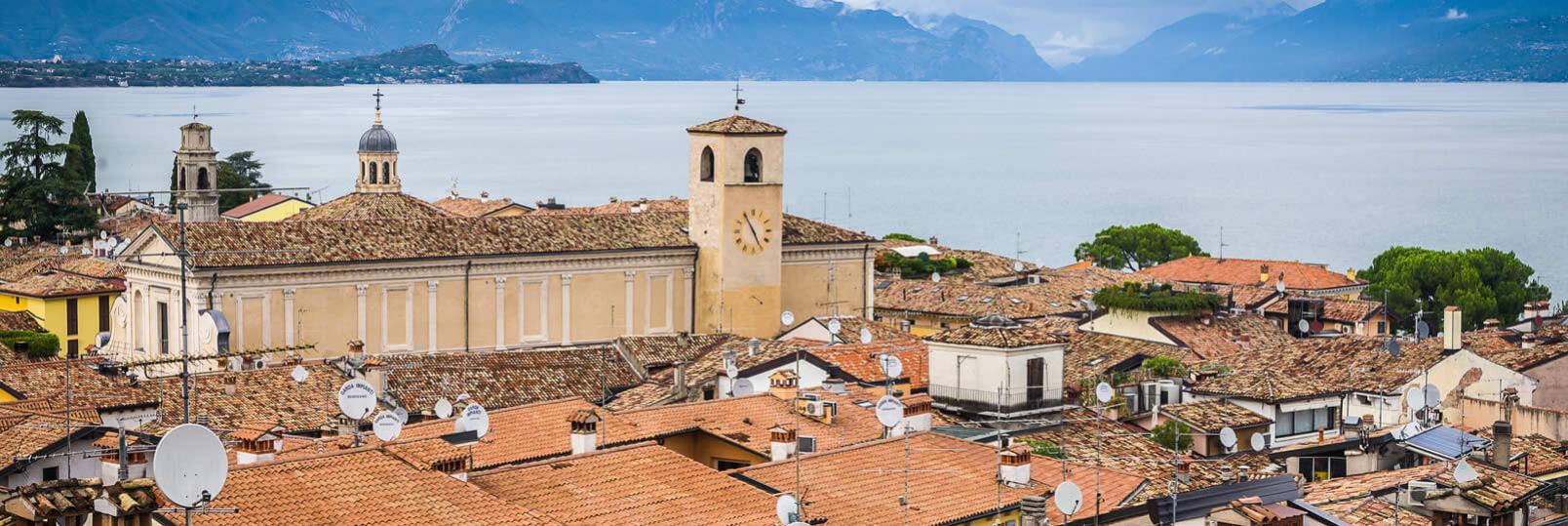We use cookies, including third-party cookies, to collect information about how visitors use our website. The personal data we collect is used to tailor advertisements. Cookies are used to provide you with an optimal browsing experience, to continuously improve our site, and, with your consent, may be used by our partners to display personalised advertising by showing you offers tailored to your interests.
By clicking on the "Accept" button, you consent to the use of all cookies, including those used to personalise advertisements according to your interests. If you close this banner or continuing with essential cookies, only technical and analytical cookies will be used for which your consent is not required. You can revoke your consent to all or some cookies at any time by clicking on the "Cookie Preferences" button, also accessible from the footer of the site.
Detailed information on the use of cookies can be found in our privacy and cookie policy.
By clicking on the "Accept" button, you consent to the use of all cookies, including those used to personalise advertisements according to your interests. If you close this banner or continuing with essential cookies, only technical and analytical cookies will be used for which your consent is not required. You can revoke your consent to all or some cookies at any time by clicking on the "Cookie Preferences" button, also accessible from the footer of the site.
Detailed information on the use of cookies can be found in our privacy and cookie policy.










 LOCATION
LOCATION









